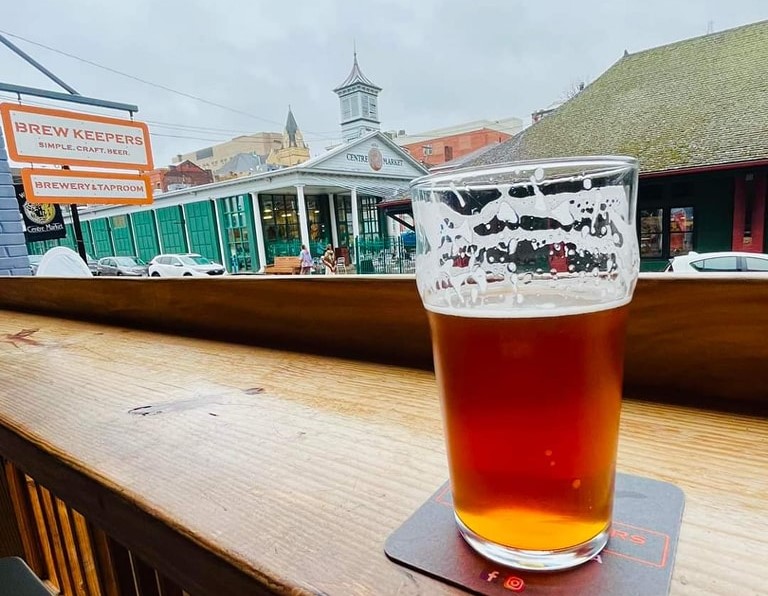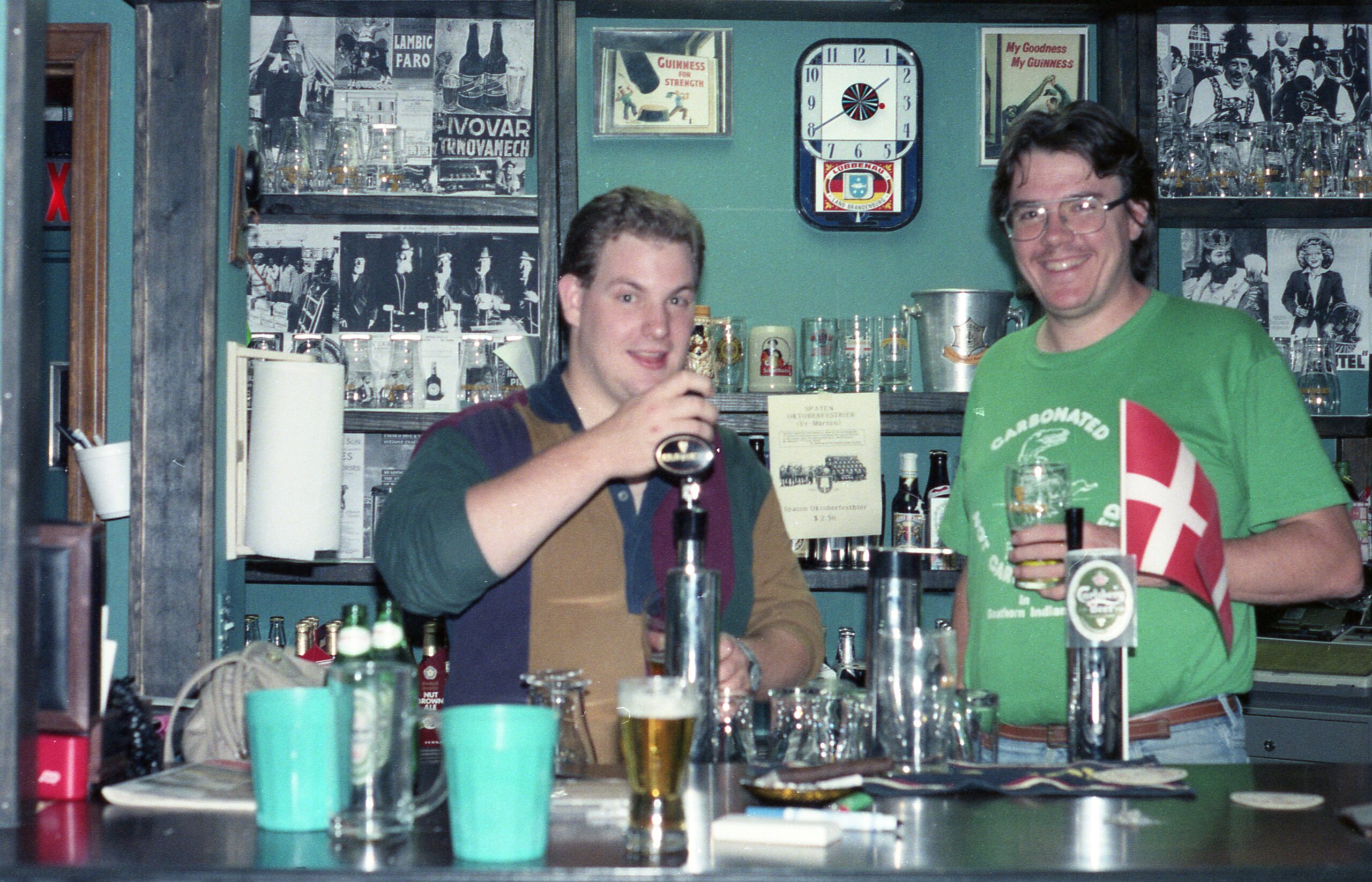Dr. John Gilderbloom’s research on two-way vs. one-way streets, conducted partially on Brook Street in Old Louisvlle, shows that all sorts of statistics on living improve with the conversion. The study’s gotten the attention of scholarly journals and the Washington Post.
Here’s an excerpt from the Post’s piece, headlined — Why One-Way Streets are Bad for Everyone But Speeding Cars, published April 17:
In John Gilderbloom’s experience, the notorious streets are invariably the one-way streets. These are the streets lined with foreclosed homes and empty storefronts, the streets that look neglected and feel unsafe, the streets where you might find drug dealers at night.

“Sociologically, the way one-way streets work,” he says, “[is that] if there are two or more lanes, a person can just pull over and make a deal, while other traffic can easily pass them by.”
It’s also easier on a high-speed one-way road to keep an eye out for police or flee from the scene of a crime. At least, this is the pattern Gilderbloom, director of the Center for Sustainable Urban Neighborhoods at the University of Louisville, has observed in San Francisco, in Los Angeles, in Houston and Washington where streets that once flowed both directions were converted in the 1950s and ’60s into fast-moving one-way thoroughfares to help cars speed through town. The places where this happened, Gilderbloom noticed, deteriorated.
“I thought about that for a long time,” he says. “But we didn’t have much empirical data on it.”
Where he lives now in Louisville, he and fellow researchers have begun to prove the curious link between how we engineer roads and what becomes of the neighborhoods around them. Their research offers a lot more fodder for anyone who doesn’t like one-way streets simply because they’re baffling to navigate.
First, they took advantage of a kind of natural experiment: In 2011, Louisville converted two one-way streets near downtown, each a little more than a mile long, back to two-way traffic. In data that they gathered over the following three years, Gilderbloom and William Riggs found that traffic collisions dropped steeply — by 36 percent on one street and 60 percent on the other — after the conversion, even as the number of cars traveling these roads increased. Crime dropped too, by about a quarter, as crime in the rest of the city was rising. Property values rose, as did business revenue and pedestrian traffic, relative to before the change and to a pair of nearby comparison streets. The city, as a result, now stands to collect higher property tax revenues along these streets, and to spend less sending first-responders to accidents there.

Gilderbloom is quoted in the website Curbed on the topic, “Traffic engineers have criticized our work. But empirically, we found people liked going on the slower streets because it’s more interesting. Traffic volume increased on two-way streets, even as they became slower.”







